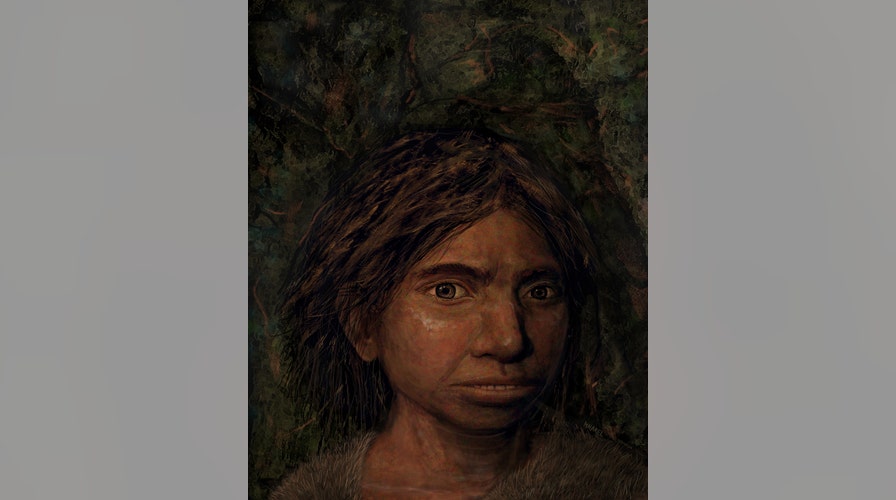Fox News Flash top headlines for Sept. 19
Fox News Flash top headlines for Sept. 19 are here. Check out what's clicking on Foxnews.com
Scientists have offered a first glimpse at what our prehistoric relatives, the Denisovans, looked like.
Researchers led by scientists at the Hebrew University of Jerusalem have reconstructed the Denisovan skeleton anatomy.
While a great deal is known about Neanderthals as a result of their numerous remains discovered in Europe and Asia, experts note that Denisovans are still shrouded in mystery. “Denisovan remains were first discovered in 2008 and have fascinated human evolution researchers ever since,” said Hebrew University, in a statement. “They lived in Siberia and Eastern Asia, and went extinct approximately 50,000 years ago. We don’t yet know why.”
PREHISTORIC TOOTH REVEALS SURPRISING DETAILS ABOUT LONG-LOST HUMAN 'COUSINS'
Set against this backdrop, there is a lot of uncertainty about Denisovans’ physical attributes. “Exactly what our Denisovan relatives might have looked like had been anyone’s guess for a simple reason: the entire collection of Denisovan remains includes three teeth, a pinky bone and a lower jaw,” Hebrew University explained.

Portrait of a female Denisovan teen. (Maayan Harel)
In an attempt to shed new light on Denisovans, experts studied methylation, or chemical changes, in ancient DNA to develop their reconstruction of the long lost human ‘cousins.’
“We provide the first reconstruction of the skeletal anatomy of Denisovans,” said Hebrew University Professor Liran Carmel, who was the study’s lead author, in a statement. “In many ways, Denisovans resembled Neanderthals but in some traits they resembled us and in others they were unique.”
ANCIENT DENISOVAN FINGER BONE SEEN AS SURPRISINGLY 'HUMANLIKE,' SCIENTISTS SAY
Carmel and his fellow researchers identified 56 anatomical features in which Denisovans differ from modern humans and Neanderthals. Some 34 of the features were in the skull, with experts noting that Denisovans’ skulls were likely wider than those of humans and Neanderthals. Based on their research, scientists also believe that Denisovans had a longer dental arch and a less pronounced chin.

Sketch of a Denisovan teen. (Maayan Harel)
Researchers spent three years studying chemical modifications that affect a gene’s activity but not its underlying DNA sequence, and compared them to humans and Neanderthals. “In doing so, we got a prediction as to what skeletal parts are affected by differential regulation of each gene and in what direction that skeletal part would change—for example, a longer or shorter femur bone,” study co-author David Gokhman, Ph.D. explained.
The research is published in the journal Cell.
In a separate project, a tooth excavated from the Denisova cave in Siberia’s Altai Mountains in 2010 was extensively analyzed. Findings released in 2015 revealed that the Denisovans were around much earlier than anyone had previously thought.
CLICK HERE TO GET THE FOX NEWS APP

Comparison of modern human, Denisovan and Neanderthal skulls. (Maayan Harel)
Earlier this year, in another project, scientists found that a Denisovan finger bone bears a closer resemblance to a human finger bone than a Neanderthal’s.
Fox News’ Christopher Carbone contributed to this article.
Follow James Rogers on Twitter @jamesjrogers

